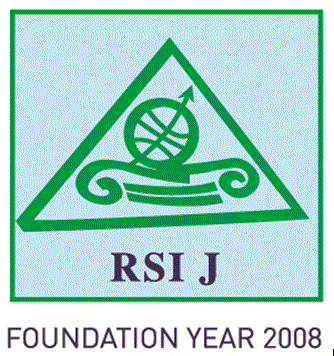Filipos RUXHO
Professor Ass. Dr., Department of Business and Management, Universum College, Kosovo.
filip.ruxho@universum-ks.org
Christos Ap. LADIAS
Professor, Regional Science Inquiry Journal
ladias@rsijournal.eu
Ali TAFARSHIKU
Deputy Minister, Ministry of Regional Development of Kosovo.
ali.tafarshiku@rks-gov.net
Edib ABAZI
Professor Ass. Dr., Department of Law, Social and Political Studies, Universum College, Kosovo.
edib.abazi@universum-ks.org
Corresponding Author
Abstract
This research paper is a continuum of our previous research that aimed to identify key perceptions of targeted employees towards decent work and economic growth in labour market of Albania and Kosovo. The key components of SDG 8 – economic growth, basic living costs, equal treatment, safety and security at workplace, and integrity and wellbeing are measured. The questionnaire is used for the study purposes of the research. The sample consists of 350 respondents. Findings reveal that there are alarming differences on perceptions of respondents in terms of decent work between two regional labour markets. The labour market in Albania suffers from weak treatment of employees at workplace; ensuring safe and secured working environment and low promotion of wellbeing and integrity of employees in workplace. The dimension of economic growth and basic living cost is of concern for both labour markets. Consequently, it is strongly recommended that both states address decent work in labour markets of Albania and Kosovo with priority. State instruments shall be enforced to closely cooperate with employee’s organizations and syndicates and work on elimination of core barriers that disable employees to feel equally treated at workplace, or safe and secured at workplace or having their integrity and wellbeing protected so that quality of working environment improves and involvement and productivity of employees grows.
Keywords: abour market, economic growth, decent work
JEL classification: J30, J40, R10, R11, R23, O10
pp. 13-23
